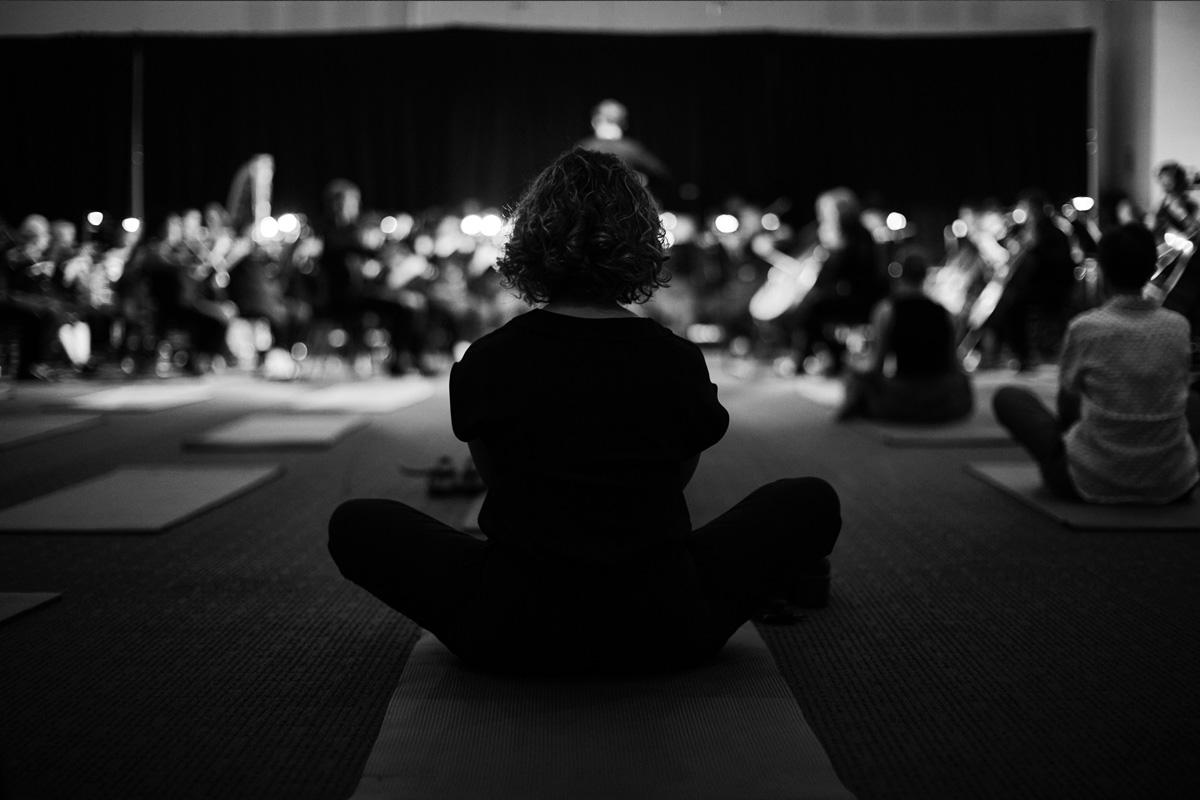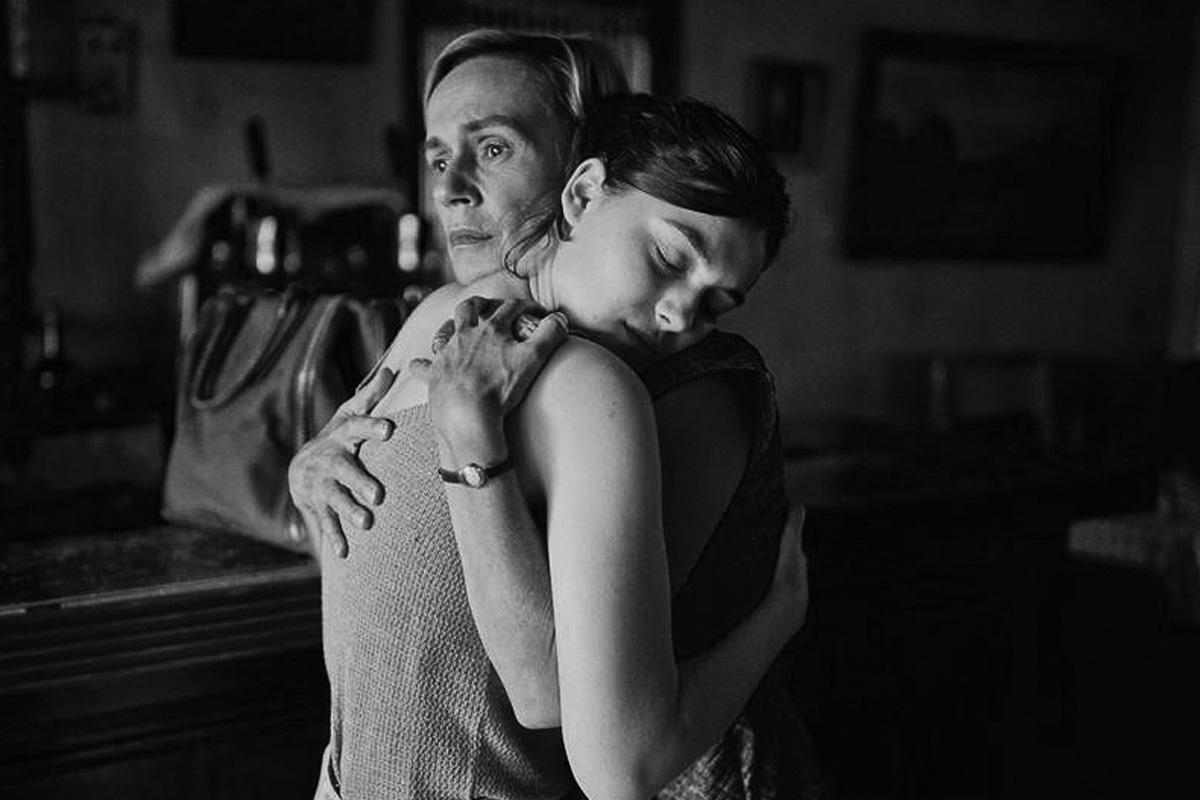
Sunshine Super Girl
Dunstan Playhouse
Performing Lines & State Theatre Company South Australia
Buy Tickets
Evonne Goolagong Cawley – a proud Wiradjuri woman, winner of 14 grand slams (including two Wimbledon championships 9 years apart) and 86 singles titles across the 70s and 80s, the first indigenous Australian to hold the number 1 ranking in tennis – is a national treasure in every sense of the word.
Andrea James‘ attempts to create a broad strokes dramatisation of Goolagong Cawley’s life, from three year old Evonne and her ultimate treasure – a weathered tennis ball – hurtling along in her father’s on-again off-again car with her older siblings and her mother, to the “Goolagong Three” achieving early tennis acclaim in junior championships, to a young Evonne moving to Sydney, competing in Wimbledon, falling in love and reaching the pinnacle of tennis stardom – all while overcoming personal and racial challenges – and a press that persisted on giving her “coloured” monickers, is an extremely successful and loving homage to a national icon.
James is clear in their Director’s Notes, that Sunshine Super Girl “is not a documentary”, and it turns out to be a smart artistic choice for it frees the company up to produce a fluid, engaging and aesthetic piece of art – that may have suffered under the “bio-play” approach and may have turned into a history class. Instead, we get a mix of Vicki Van Hout’s dance and movement with almost musical-like flow (without the singalongs) and a pace that makes a 90 minute production feel like a short hour long experience.

The all indigenous cast (and thank heavens for that, can you imagine if this show was produced only a decade or so ago?) is led by Ella Ferris, who plays Evonne with wide-eyed wonder and the soft-touch of someone who can light up any room. Ferris communicates the growth of her character (both in age and tennis) with nothing but minor costume changes and body language that somehow sees her grow old right in front our eyes.
Kirk Page, Katina Olsen, Jacqueline Compton and Lincoln Elliot share several roles amongst them with the ease of dancers transitioning from one movement to another and transcending age, gender and race lines with a masterful display of their craft. Coach Edwards (played by Page), Margaret Court (by Olsen), Roger Cawley (by Elliot) and Melinda Goolagong (Compton) were some of the standout and memorable character sketches in the show.
Romanie Harper‘s tennis court set that transforms and spins along with the actors’ choreographed moves is an accomplishment of a setting that could very easily have devolved into a “literal” set, but instead supports the montage-esque theme of the show. Similarly, Gail Priest‘s sound design is instrumental in transporting the audience into scenes of Evonne dreaming (and fishing) by the river in one instant, to a dream-like reverie about a treasured tennis ball in another.
Without skirting the issues or race and gender, the show intentionally avoids being too political or didactic, which seems to be the most appropriate way of paying tribute to its real life protagonist, Goolagong Cawley, who also chose to often stay out of political activism and instead used her skills on the court as a way to be seen and heard.
Sunshine Super Girl is not just a show for tennis fans or those interested in the intersection of race, sport and gender – it’s beautifully crafted, rhythmically presented and should delight most theatre-goers with its uplifting, thrilling and fluid storytelling.
– Sahil Choujar
Header photo by Paz Tassone






Leave a Reply